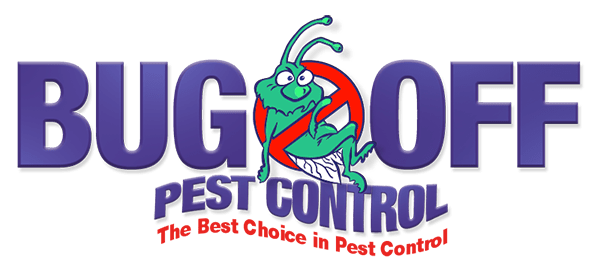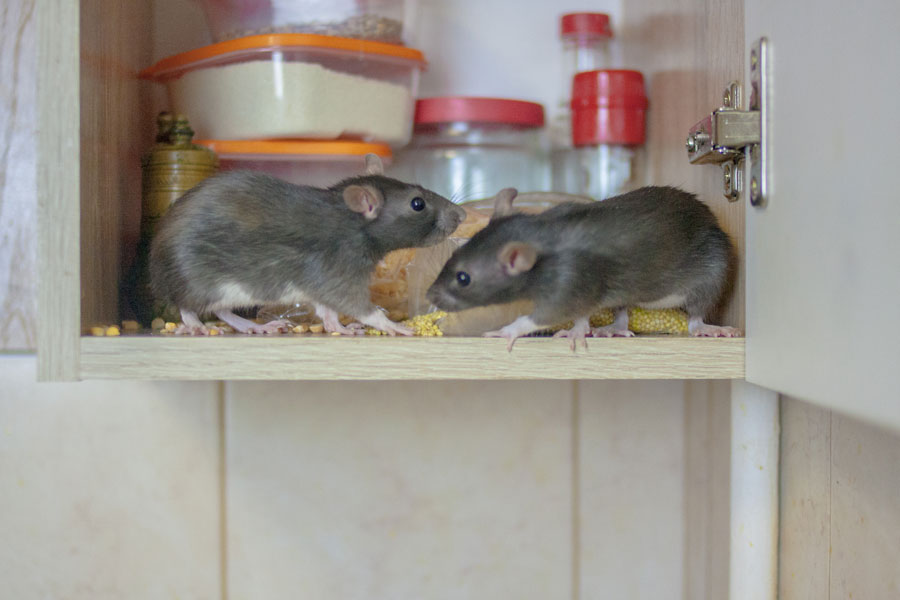Understanding the life cycle of common household pests like ants, termites, and rodents can help you better manage and prevent infestations. Knowing how these pests develop and reproduce highlights the importance of professional pest control in McAllen TX services, which can effectively address each stage of their life cycle to protect your home.
Ants: Masters of Colonization
Ants are common household pests known for their complex social structures and adaptability. Understanding their life cycle helps explain why infestations can be difficult to control.
- Egg: The queen lays tiny, oval, white, or translucent eggs that can hatch in 7 to 14 days, depending on the species.
- Larva: Hatched eggs become larvae that depend entirely on worker ants for food and care. They proliferate during this stage.
- Pupa: The larvae then develop into pupae, often cocooned, and begin transforming into their adult form. This stage can last from a few days to several weeks.
- Adult: Adult ants become workers, soldiers, or reproductive ants. Workers maintain the colony, while males and new queens eventually leave to start new colonies.
Each stage of the ant life cycle requires specific control methods. Bug Off can use targeted treatments to disrupt this cycle and prevent infestations.
Termites: Silent Destroyers
Due to their wood-eating habits, termites are known for causing significant structural damage to homes. Understanding their life cycle is crucial for effective prevention and control.
- Egg: The termite life cycle starts with the queen laying thousands of small, white, oval-shaped eggs each year. These eggs hatch in a few weeks, depending on temperature and humidity.
- Nymph: Once hatched, termite eggs become nymphs, which go through several molts as they grow. Nymphs develop into different castes—workers, soldiers, or reproductives—based on environmental conditions and the colony’s needs.
- Workers and Soldiers: Worker termites handle feeding the colony, caring for eggs, and nest maintenance, while soldier termites, identified by their larger heads and mandibles, defend the colony. Both are sterile and cannot reproduce.
- Reproductive Termites: When the colony is ready to expand, it produces winged reproductive termites, or alates, that leave to mate and start new colonies. After shedding their wings, they become the kings and queens of these new colonies.
Rodents: Rapid Breeders
Rodents, such as mice and rats, are common household pests that cause damage and spread disease. Their rapid reproduction makes understanding their life cycle key to effective control.
- Birth: Rodents give birth to 6 to 12 pups per litter, with a short gestation period of about three weeks, leading to fast population growth.
- Juvenile: Born blind and hairless, rodent pups develop quickly, gaining fur within days and opening their eyes by the end of the first week. They are weaned and start eating solid food by three weeks old.
- Adulthood: Rodents reach sexual maturity quickly, with mice breeding as early as six weeks and rats at eight weeks. They reproduce frequently, leading to rapid population increases.
Due to their fast breeding, rodent infestations can escalate quickly. We can effectively manage and prevent infestations.
Why Professional Pest Control in McAllen TX is Crucial
Professional pest control in McAllen TX services like Bug Off are equipped with the knowledge, tools, and treatments necessary to target pests at every stage of development, ensuring a comprehensive and effective approach to pest management.

